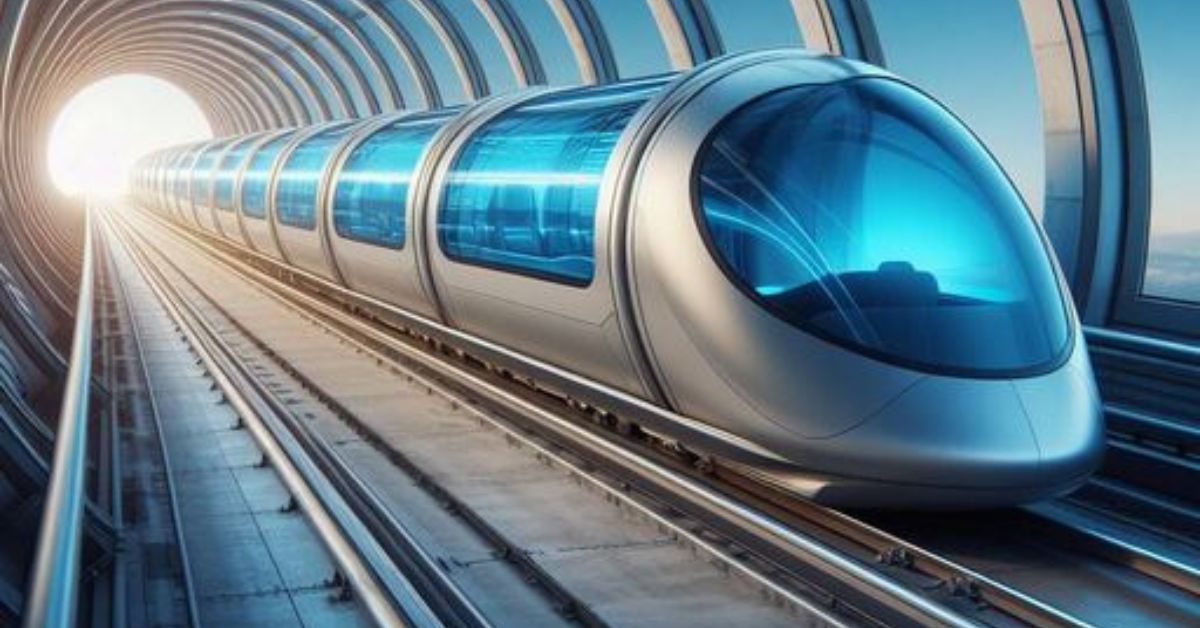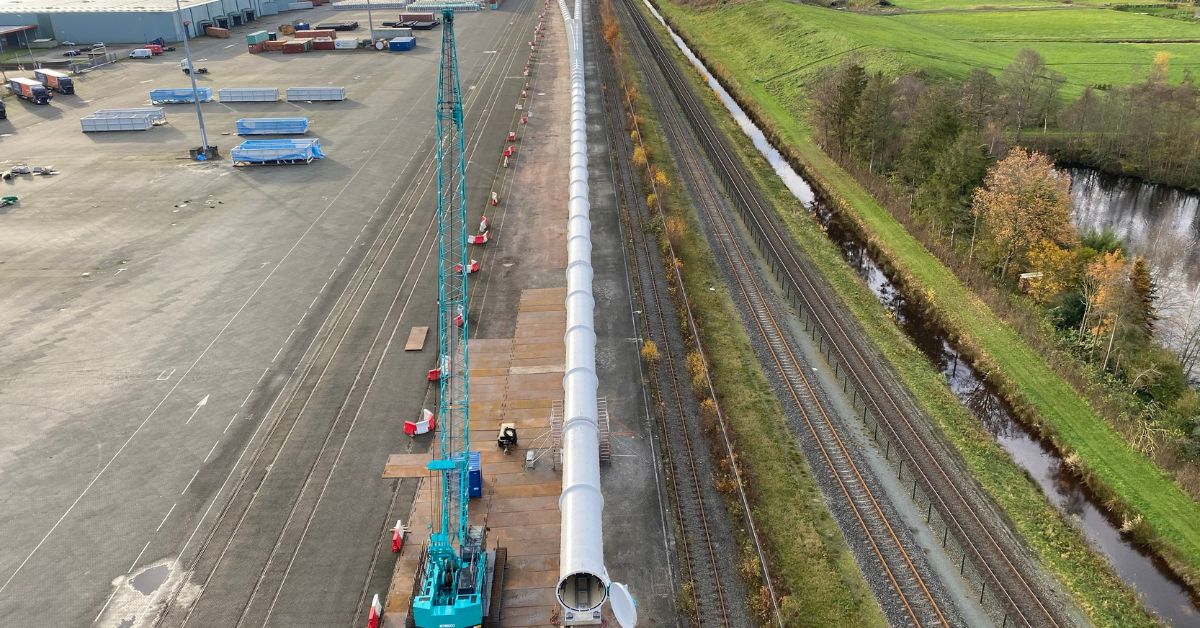DUBAI — Over a decade since Elon Musk unveiled the hyperloop concept in his 2013 “Alpha Paper,” the dream of high-speed tube transportation has encountered significant challenges and setbacks.
Despite substantial investments from companies and governments worldwide, a commercially operational hyperloop remains unrealized. The recent shutdown of Hyperloop One, also known as Virgin Hyperloop, marked a significant setback.
The company, which once promised to revolutionize travel with speeds of up to 1,200 km/h, dissolved in December 2023 after DP World, a Dubai-based logistics giant, invested nearly $200 million of the $450 million raised since its inception.
The failure of Hyperloop One has sparked global skepticism, with critics labeling the technology as a scam or a pipe dream. Despite this, the pursuit of hyperloop technology continues in various regions, albeit with a focus that has shifted more towards cargo transportation in the initial stages due to fewer regulatory hurdles.
Governments, particularly in the MENA region, have instead allocated substantial funds towards traditional rail infrastructure, sidelining hyperloop investments for the time being.
The financial, technical, and regulatory challenges facing hyperloop technology are significant. Estimates for constructing a hyperloop system have varied widely, with costs ranging from $6 billion for basic infrastructure to over $100 million per kilometer for more complex routes.
Additionally, the development of a fail-safe system capable of handling high speeds, power losses, track issues, cyberattacks, and natural disasters has proven to be a costly endeavor.

Despite these challenges, hyperloop developers remain optimistic. Innovations in maglev technology, which offers higher energy efficiencies and lower maintenance costs compared to air-bearing levitation, have been seen as a positive step forward.
However, environmental challenges, such as temperature variations that could affect the structural integrity of hyperloop tubes, and the need to navigate governmental regulations and environmental concerns, continue to pose significant hurdles.
Collaborations between companies like Hyperloop One and DP World, as well as initiatives in countries like Saudi Arabia, demonstrate ongoing interest and investment in hyperloop technology. The development of cargo-focused hyperloop systems is viewed as a less risky venture that could pave the way for passenger services in the future.
As the hyperloop concept moves slowly from visionary idea to potential reality, it’s clear that the journey will require overcoming substantial technical, financial, and regulatory challenges.
The promise of ultra-fast transportation that could connect major cities in minutes remains compelling, but the path to achieving this revolutionary mode of transport is still fraught with uncertainty.
For a detailed exploration of the hyperloop’s journey from concept to current challenges, including insights from industry leaders and an overview of global hyperloop initiatives, we invite you to read the full report. Click here.








